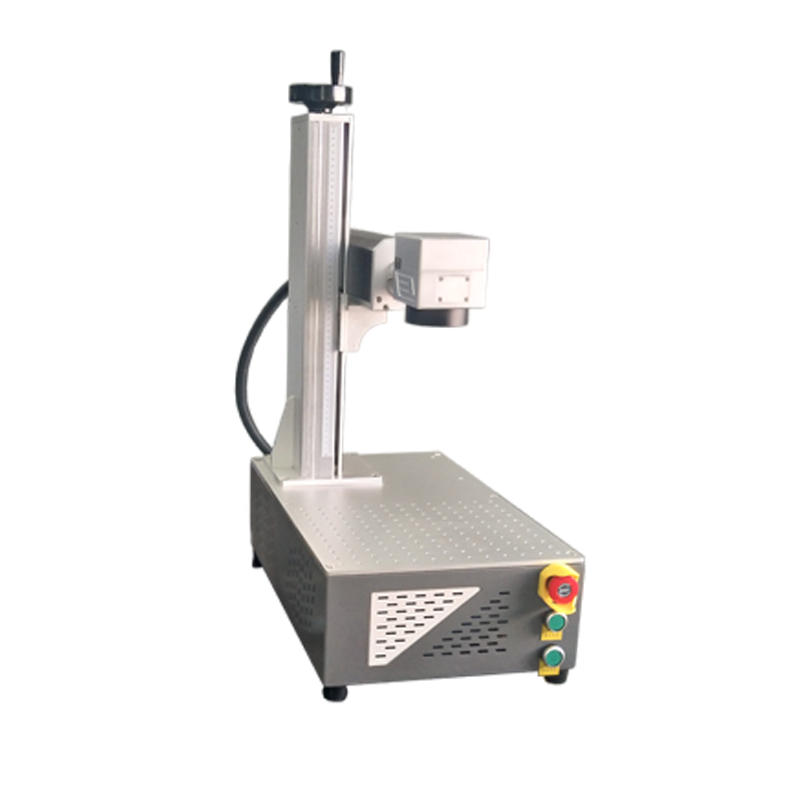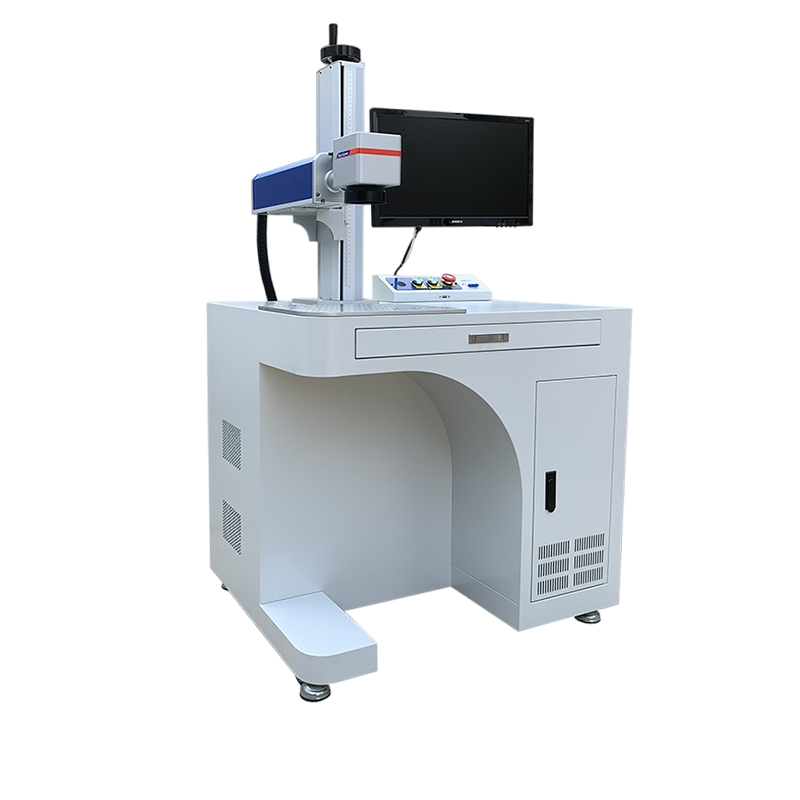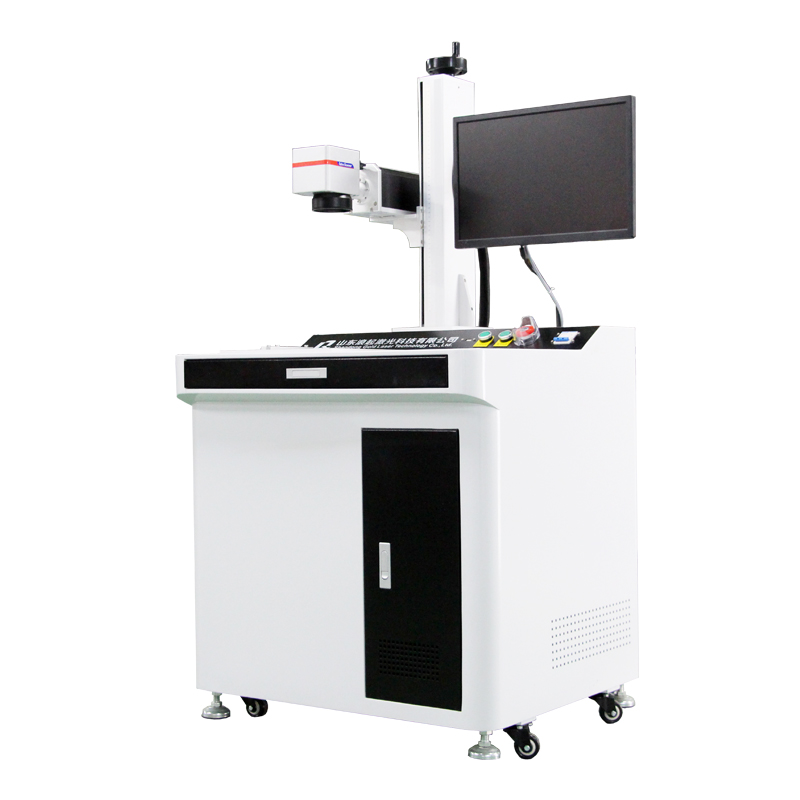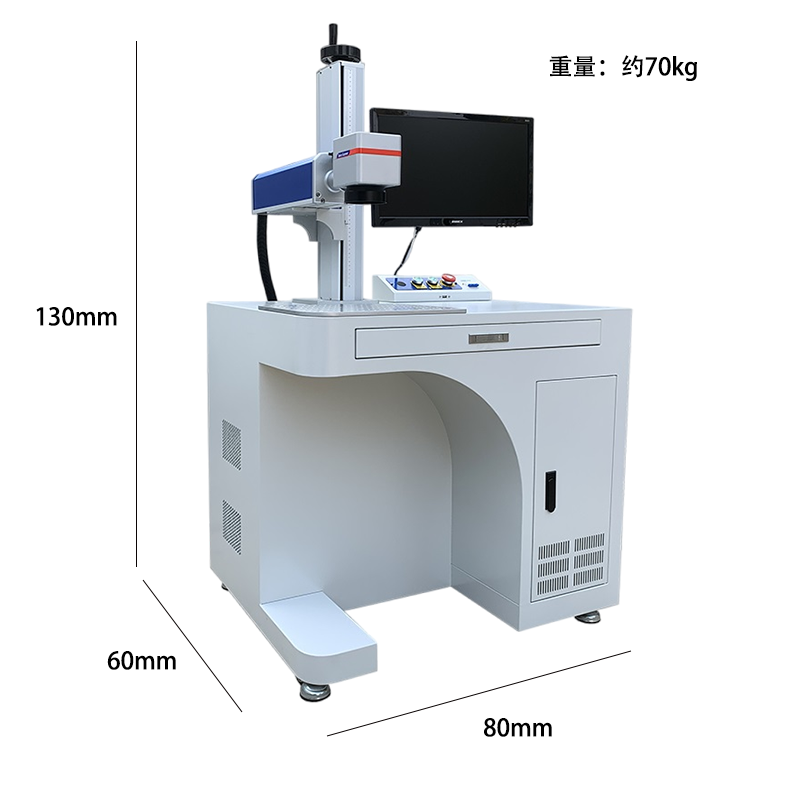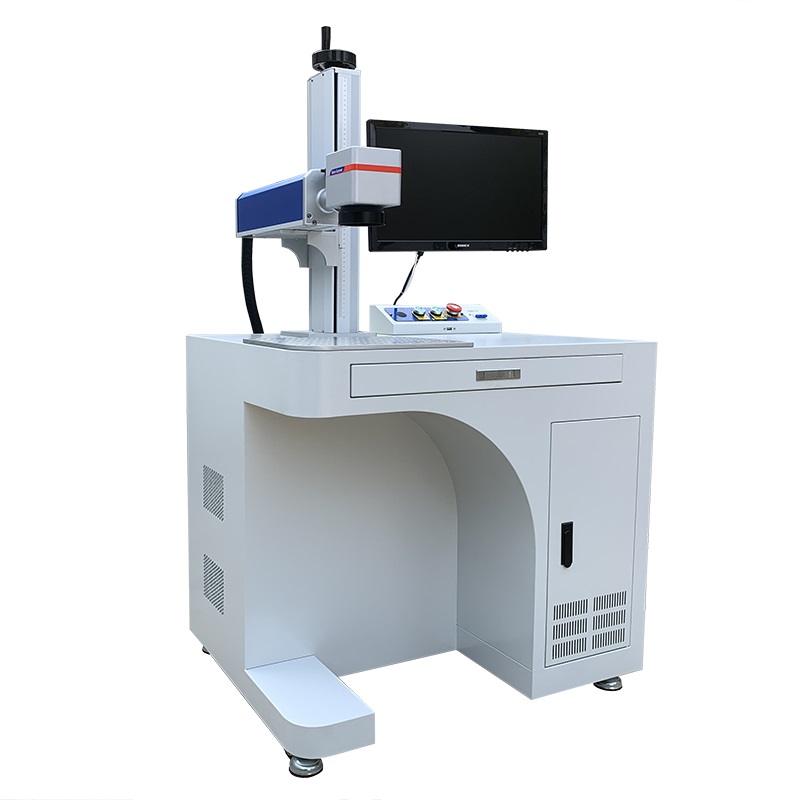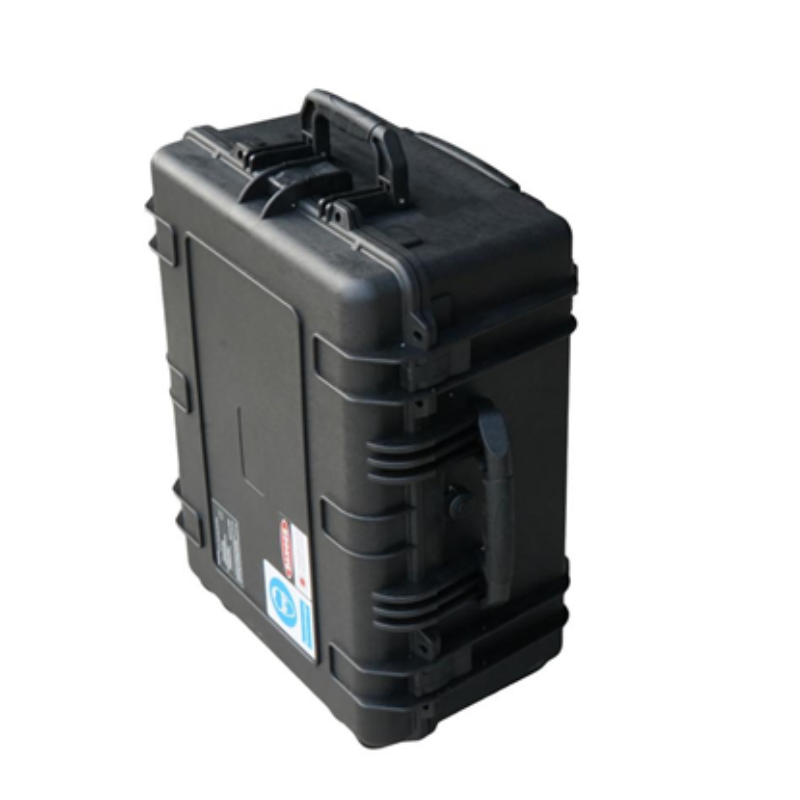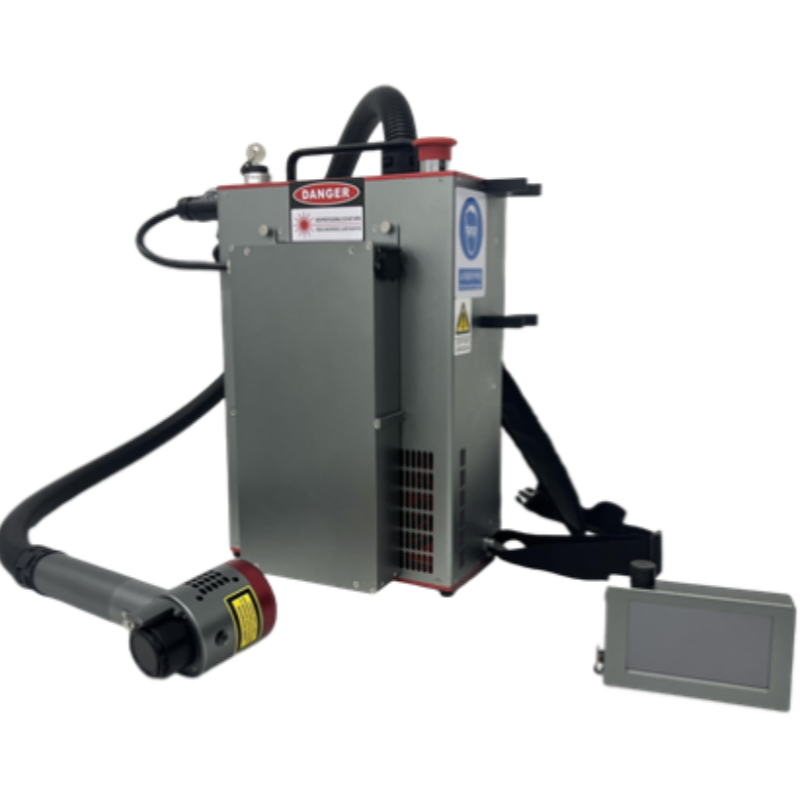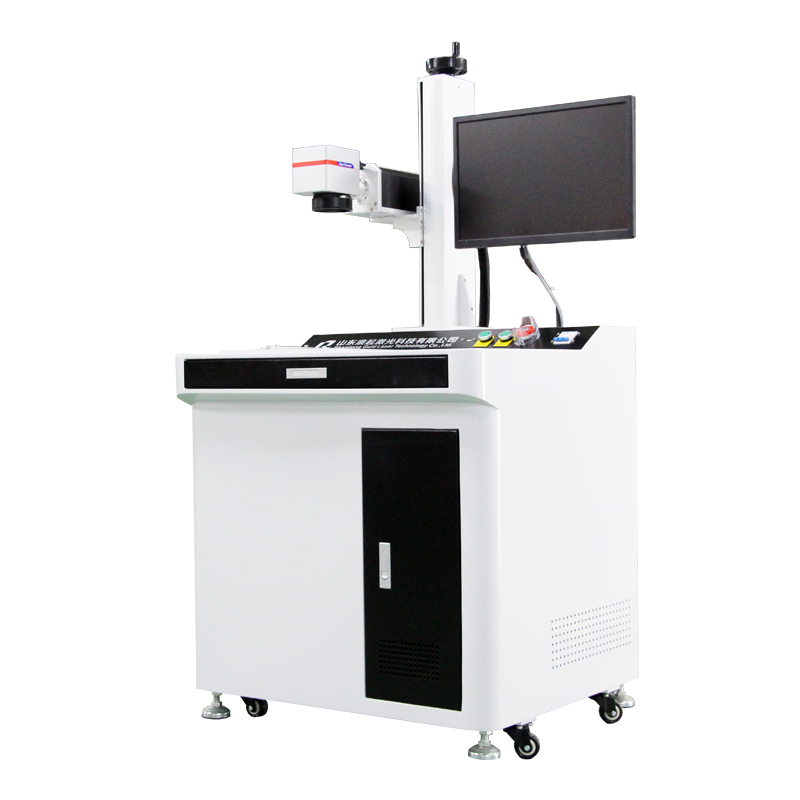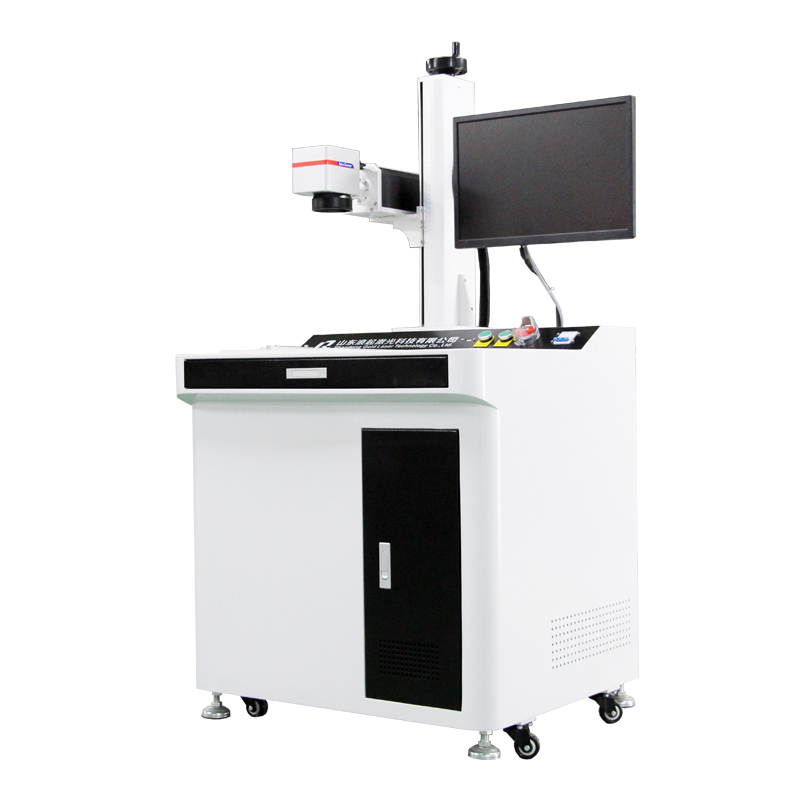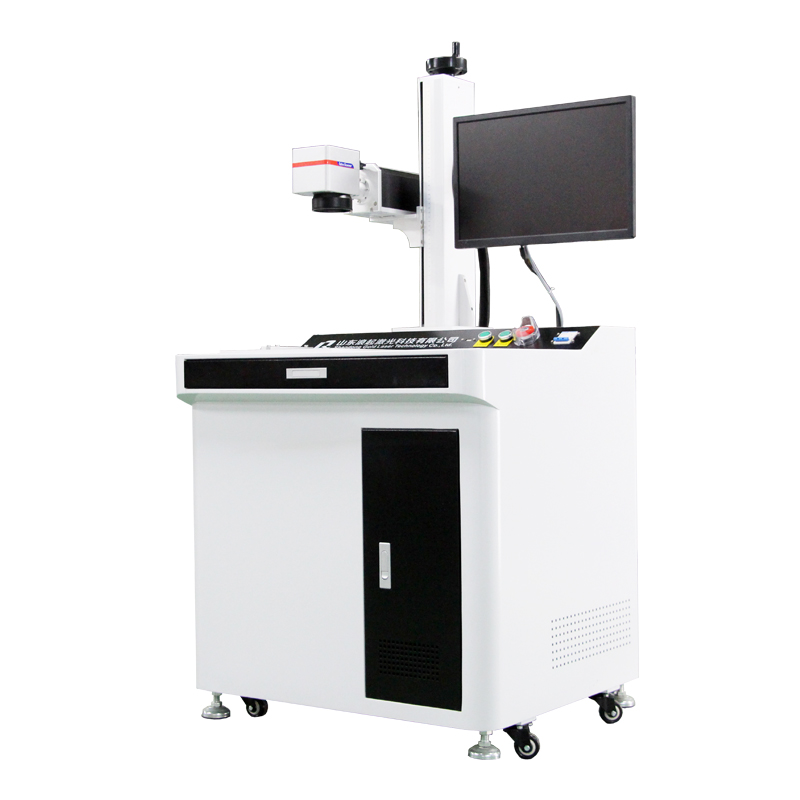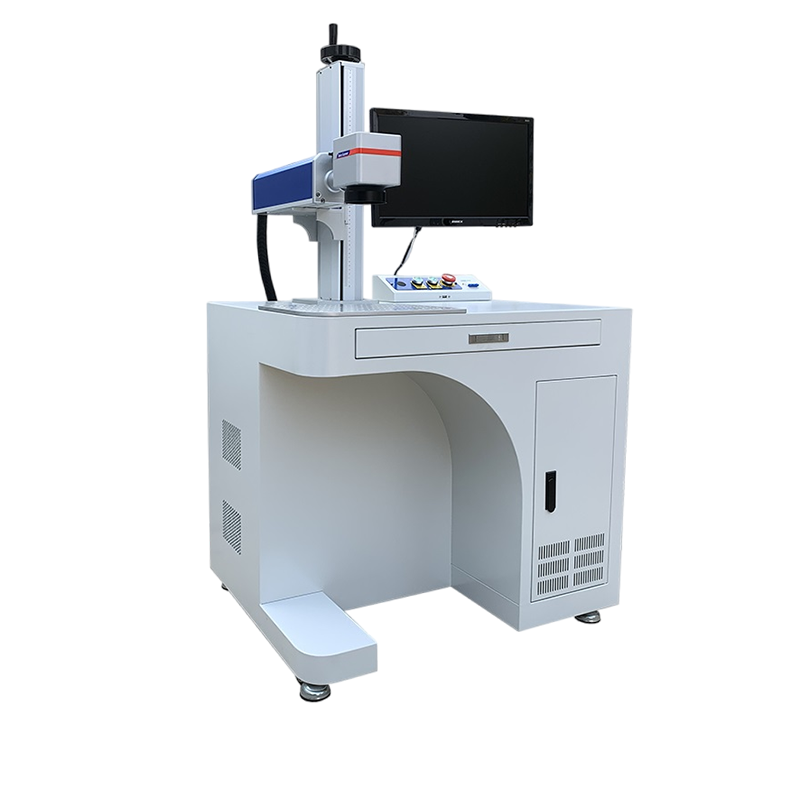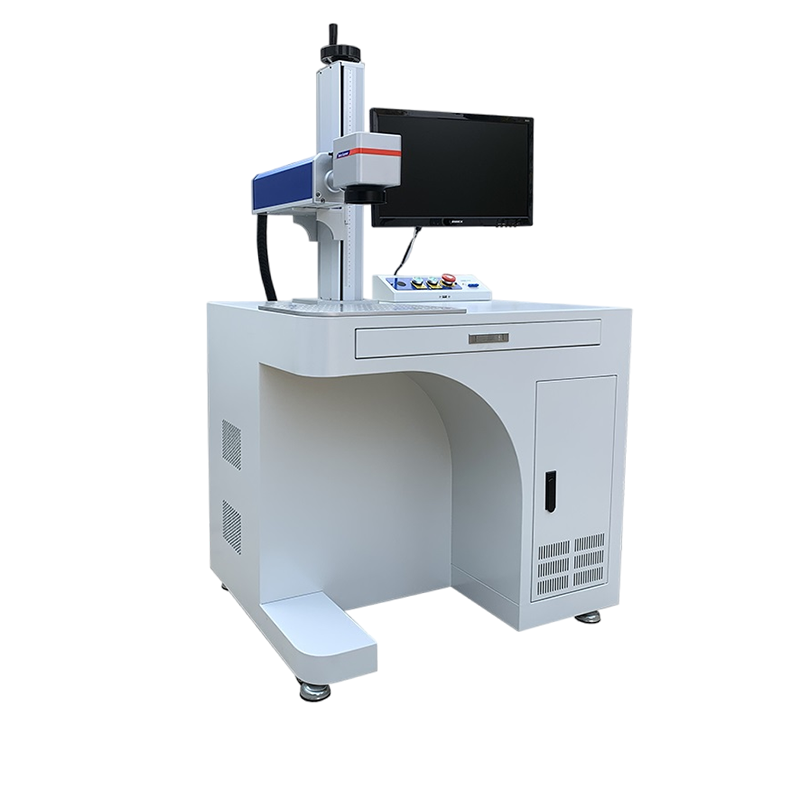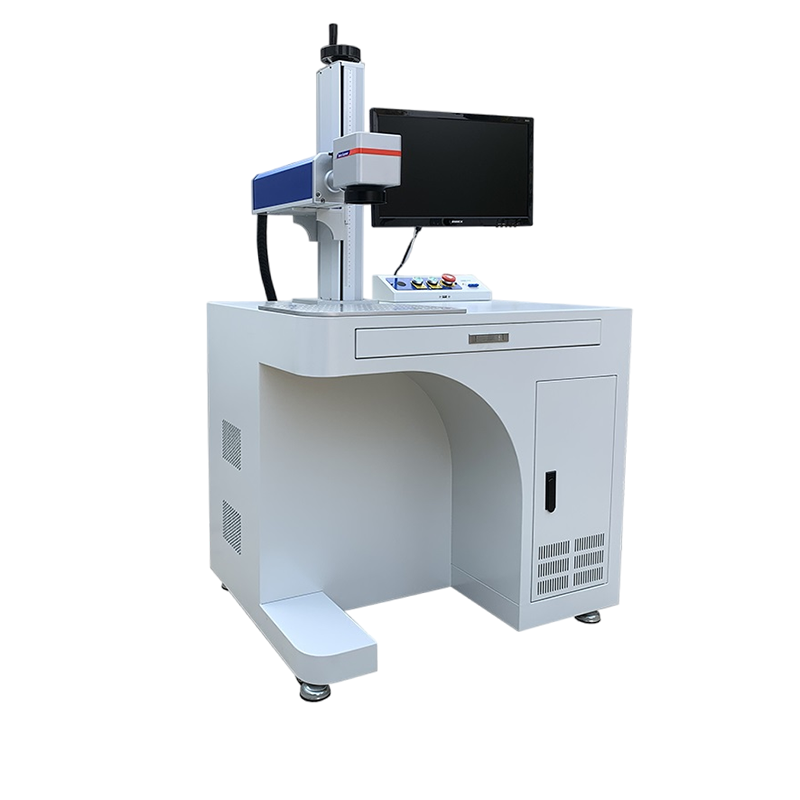Of course. The intensity of the laser output is the single most critical parameter determining the mark's quality, speed, and appearance on a material. It's not controlled by a single factor but by a complex interplay of the laser source itself, the delivery system, the material properties, and the processing parameters.
Here is a detailed breakdown of the key factors influencing laser output intensity in laser marking machines.
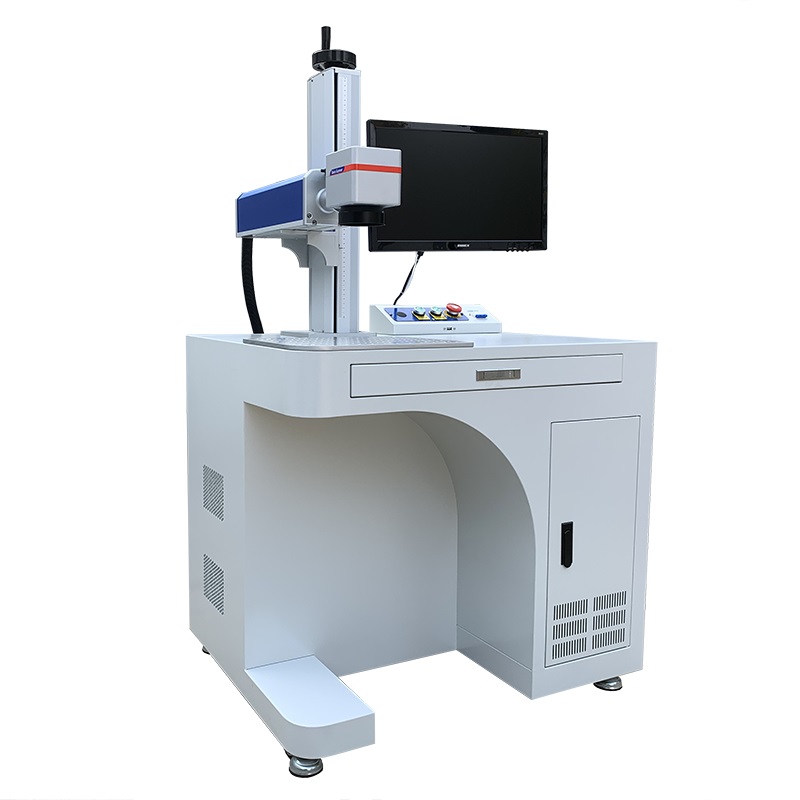
1. The Laser Source Itself (The "Engine")
This is the fundamental origin of the laser beam's power and characteristics.
Laser Type and Wavelength:
Fiber Lasers (1064 nm): The most common for metal marking. Their intensity is highly absorbed by metals, allowing for precise, high-contrast marks.
CO2 Lasers (10.6 μm): Excellent for organic materials (wood, plastic, glass, leather). The intensity interaction is different; it's more about heating and vaporizing the material rather than altering its surface chemistry like a fiber laser on metal.
UV Lasers (355 nm): "Cold marking" lasers. Their high photon energy breaks molecular bonds without significant heat. The perceived intensity for a given power is very high for materials that absorb UV light well (e.g., plastics, semiconductors).
Maximum Output Power (Watts): This is the raw potential. A 50W fiber laser can deliver a more intense beam than a 20W fiber laser, all else being equal. It sets the upper limit for what is possible.
Beam Quality (M² factor): This is perhaps the most crucial factor for achieving high intensity.
A perfect beam has an M² = 1. Real industrial lasers have values very close to 1 (e.g., 1.1 or 1.2 for high-quality fiber lasers).
A lower M² value means a tighter, more focused spot. Since intensity (power density) is calculated as
Power / Area, a smaller focus spot dramatically increases the intensity. A high-quality beam can achieve an intensity orders of magnitude higher than a poor-quality beam of the same power.Pulse Characteristics (for Pulsed Lasers):
Peak Power: The maximum power in a single pulse. Even a 50W average power laser can have peak powers in the kilowatts. This instantaneous intensity is what allows for ablation (vaporizing material).
Pulse Duration (Pulse Width): Shorter pulses (nanoseconds, picoseconds, femtoseconds) concentrate the energy into a tiny timeframe, creating immense peak power and intensity, enabling "cold" ablation with minimal heat-affected zones.
Pulse Frequency (Repetition Rate): Controls how many pulses per second hit the material. A higher frequency can lead to a smoother mark but may reduce the peak intensity per pulse if the average power is kept constant.
2. The Optical Delivery System (Shaping and Focusing the Beam)
This system takes the raw beam from the source and prepares it for the workpiece.
Focusing Lens Focal Length:
Short Focal Length Lens (e.g., 100mm): Creates a very small focal spot, resulting in extremely high intensity but a short depth of field (the area in focus).
Long Focal Length Lens (e.g., 254mm): Creates a larger focal spot, lowering the intensity, but provides a longer depth of field, which is useful for marking on curved or uneven surfaces.
Beam Expander: Used before the focusing lens to collimate (make parallel) the beam. A larger input beam diameter onto the lens allows it to be focused down to a smaller spot size, thereby increasing intensity.
Optical Condition: Dirty, scratched, or damaged lenses and mirrors will scatter or absorb laser light, significantly reducing the effective intensity that reaches the material. Regular cleaning is essential.
3. Processing Parameters (How the Laser is Applied)
These are the software settings the operator controls to achieve the desired mark.
Set Power (%) / Current: This directly controls the percentage of the laser's maximum power being used. A higher setting means higher average power and higher intensity.
Marking Speed: The speed at which the laser beam moves across the material.
Slower Speed: The beam dwells on one spot longer, delivering more energy (higher fluence - J/cm²) to that area. This increases the effective intensity and typically creates a deeper or darker mark.
Faster Speed: Less energy is delivered per unit area, reducing the effective intensity and resulting in a lighter mark.
Q-Switch Frequency (for pulsed lasers): Adjusting this frequency changes the pulse duration and peak power. A lower frequency often results in longer pulses with higher peak power (higher instantaneous intensity), which is good for deep engraving. A higher frequency creates shorter, lower peak power pulses for finer annealing or light engraving.
Pulse Width Modulation (PWM): Some systems allow direct control over the pulse width. A shorter pulse width increases peak power and intensity.
4. The Material Properties (The "Canvas")
The same laser parameters will produce drastically different results on different materials because intensity is not just about what is delivered, but also about what is absorbed.
Absorptivity / Reflectivity: The material's inherent ability to absorb the laser's specific wavelength.
High Absorptivity: (e.g., Anodized Aluminum at 1064nm) efficiently converts laser energy into heat, making it easy to achieve a high-contrast mark with lower laser power.
High Reflectivity: (e.g., Bare Copper or Gold at 1064nm) reflects most of the laser energy. To mark these, you need very high peak intensity to overcome the reflectivity threshold and initiate melting/ablation almost instantly. Using a shorter pulse (nanosecond or shorter) is key.
Thermal Properties: Conductivity, specific heat capacity, and melting/boiling point determine how the material reacts to the intense heat. A highly conductive material (like copper) will dissipate heat quickly, requiring higher intensity to achieve a mark.
5. Environmental and System Factors
Temperature: Laser output power can drift with changes in the temperature of the laser source and the optics. High-quality machines have cooling systems and feedback loops to stabilize output.
Gas Assist: Using compressed air, nitrogen, or oxygen can affect the marking process. Oxygen can enable an exothermic reaction (adding heat), while nitrogen can inhibit oxidation, leading to a cleaner, brighter mark on stainless steel (annealing). The gas itself doesn't change the laser's intensity but changes how the material reacts to it.
Summary Table: How to Increase Effective Intensity
| Factor | Action to Increase Intensity | Practical Consideration |
|---|---|---|
| Laser Power | Increase the power setting (%) | Simple, but can increase heat-affected zone. |
| Beam Quality (M²) | Use a laser source with a lower M² value | The most effective method, but fixed by the hardware. |
| Focal Length | Use a shorter focal length lens | Greatly increases intensity but reduces depth of field. |
| Spot Size | Use a beam expander & ensure perfect focus | The smallest possible spot is key. Requires regular maintenance. |
| Marking Speed | Slow down the marking speed | Increases energy delivered per spot (fluence). |
| Pulse Settings | Decrease pulse frequency or pulse width | Increases peak power for more abrasive marks. |
| Material | Choose a material with high absorptivity | Or use coatings (e.g., laser marking spray) on reflective materials. |
In practice, achieving the perfect mark is a balancing act. An operator must tune these factors—primarily power, speed, and frequency—to find the right combination of intensity and exposure time for their specific material and desired result (e.g., deep engraving, black annealing, foaming, or ablation).

